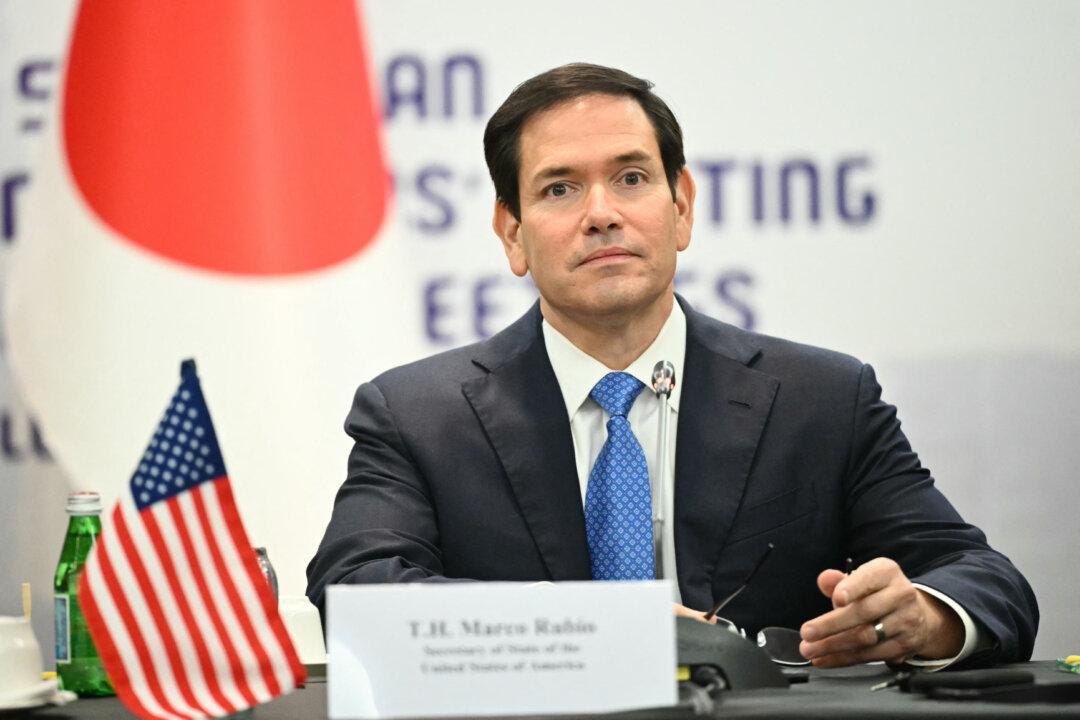The United States and four of its allies conducted joint maritime exercises in a part of the South China Sea on Sept. 28, as China held its own military exercises in the disputed ocean territory.
The day-long exercise involving the United States, the Philippines, Australia, and Japan took place in Manila’s exclusive economic zone in the South China Sea, according to a statement from the U.S. 7th Fleet.





